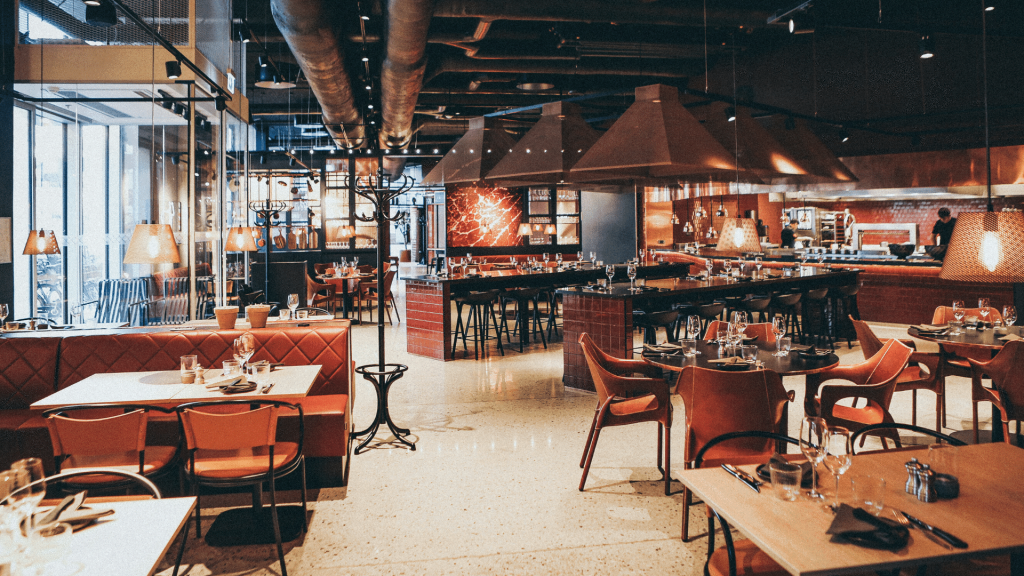The Importance of Restaurant Tables in Creating a Comfortable Atmosphere
Restaurant tables are more than just practical furniture—they play a crucial role in shaping the overall atmosphere. The right tables contribute to comfort, flow, and ambiance, ensuring guests feel relaxed throughout their meal. A poorly chosen table can create issues such as lack of legroom, instability, or awkward spacing, which negatively impacts customer satisfaction. On the other hand, well-designed restaurant tables complement the interior décor and align with the dining theme, whether casual, elegant, or modern. They also help set the tone for how long guests choose to stay and how enjoyable their dining experience is. When restaurant owners prioritize comfort through thoughtful table selection, they enhance both functionality and guest perception, resulting in a space that feels welcoming, efficient, and memorable.
Choosing the Right Sizes and Shapes for Guest Convenience
The size and shape of restaurant tables directly affect how comfortable and convenient dining feels for guests. Small square tables work perfectly for couples or solo diners, while larger rectangular tables are ideal for families or groups. Round tables encourage conversation, as everyone is seated within equal distance, making them a popular choice for social or communal dining. Oversized tables in small spaces can feel cramped, while undersized ones may not provide enough room for plates, drinks, and personal space. Standard table dimensions should always be considered to ensure ample legroom and accessibility. By carefully balancing table shapes and sizes, restaurants create a layout that promotes convenience, avoids crowding, and supports smooth service. Well-planned restaurant tables ensure each guest enjoys comfort without compromising capacity.
How Restaurant Tables Influence Social Interaction and Privacy
Restaurant tables significantly influence how guests interact and perceive their level of privacy. Close placement of tables in tight layouts may maximize capacity but can make guests feel crowded or overheard, reducing overall comfort. Conversely, properly spaced tables create a sense of privacy and personal space, encouraging guests to relax and enjoy their meals. Round tables foster social interaction, making them ideal for celebrations and family dining, while booth-style setups or rectangular tables may provide more separation and intimacy. Restaurants must carefully consider how table placement and shape affect both group dynamics and individual experiences. Thoughtfully arranged restaurant tables help balance social interaction with privacy, ultimately creating an environment where guests feel both connected and comfortable.
Balancing Style and Functionality in Restaurant Table Selection
While style enhances brand identity, functionality ensures long-term comfort and durability. Restaurant tables should not only complement the décor but also withstand heavy daily use, frequent cleaning, and occasional rearrangements. Materials like hardwood, laminate, or metal offer durability, while finishes can be selected to align with the restaurant’s theme—whether rustic, industrial, or modern. Wobble-free construction, stain resistance, and easy-to-clean surfaces are equally important to maintain practicality. A visually appealing but fragile table may disrupt dining comfort, while overly functional but unattractive tables can weaken the overall ambiance. By balancing aesthetics with usability, restaurant owners can provide an inviting space where guests enjoy both the look and feel of their dining experience. Ultimately, functional yet stylish tables elevate comfort and customer satisfaction.
Conclusion
Restaurant tables are at the heart of guest comfort and dining experience, influencing atmosphere, convenience, social interaction, and brand identity. Choosing the right sizes and shapes ensures guests feel at ease, while proper spacing supports both privacy and engagement. Tables that balance style with functionality not only enhance aesthetics but also guarantee long-term durability and efficiency. By thoughtfully selecting and arranging tables, restaurants can create a welcoming environment where comfort meets design. This attention to detail encourages guests to stay longer, enjoy their meals, and return for future visits. Ultimately, investing in the right restaurant tables is an investment in customer satisfaction, operational success, and the long-term reputation of the dining establishment.


